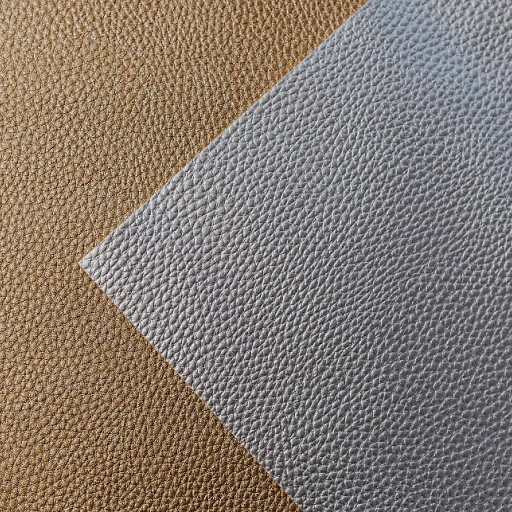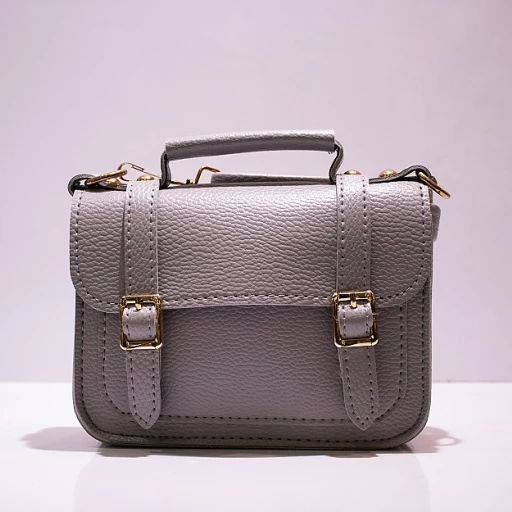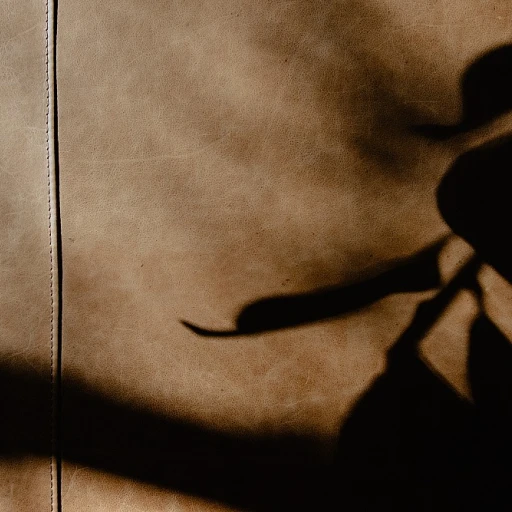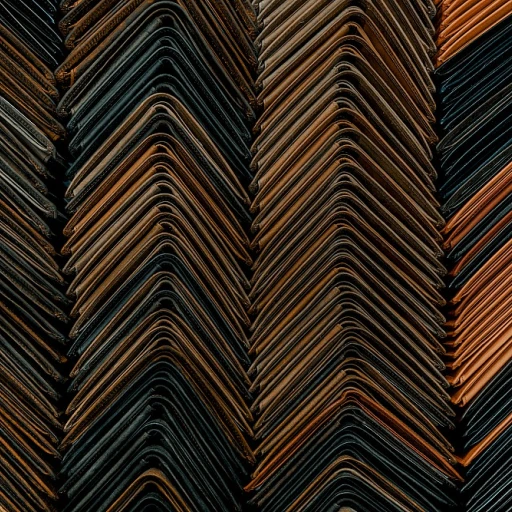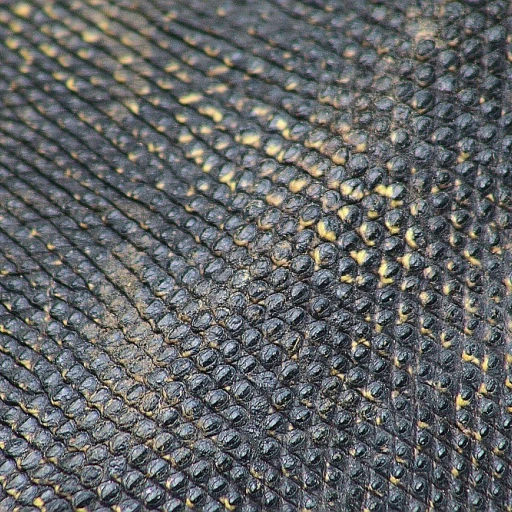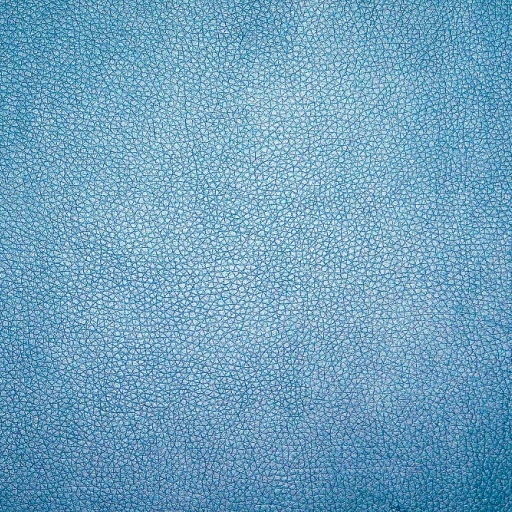The Allure of Leather: A Timeless Choice
The Timeless Appeal of Leather
When it comes to furnishing your home with elegance and sophistication, few materials can match the enduring allure of leather. Renowned for its timeless charm, leather furniture exudes a sense of luxury that is both classic and contemporary, making it an irresistible choice for those looking to invest in quality pieces.
Leather has a unique way of lending warmth and character to a space. Its natural textures and rich colors can transform an ordinary room into a refined sanctuary. Moreover, leather furniture ages gracefully, developing a distinctive patina over time that adds depth and personality. This means that your leather chair or sofa will not only withstand the test of time due to its durability, but will also improve in appearance as the years go by.
An appreciation for leather goes beyond aesthetics—it's also about versatility and comfort. Whether you're a fan of modern minimalism or a traditional enthusiast, there's a leather style to suit every taste and interior design preference. As you explore the different types of leather, from full grain to top grain, you'll find a myriad of options that cater to both functional needs and personal style.
For a deeper understanding of what makes leather such a prized material, consider delving into the
luxurious world of leather goods. From handbags to home furnishings, this blog explores the rich heritage and enduring quality that make leather a sought-after choice in luxury items.
Investing in leather furniture is not just about enjoying its aesthetic and tactile benefits; it's about embracing a lifestyle choice that appreciates craftsmanship and durability. As you continue learning about leather furniture, you'll discover the various types, customization options, and maintenance tips that will help you make an informed decision for your home.
Understanding Leather Types: Full Grain vs. Top Grain
Distinguishing Leather Varieties
Leather is cherished for its natural elegance and durability, making it a popular choice for furniture—a concept discussed in the allure of leather section. When selecting leather furniture, it's essential to understand the differences between the various types of leather, primarily full grain and top grain.
Full grain leather is considered the highest quality leather and retains the complete grain of the hide, hence its name. It's generally more robust, with a beautifully unique natural texture that develops a rich patina over time. Full grain leather maintains the hide's original imperfections, adding character and authenticity to your furniture.
On the other hand, top grain leather offers a more polished and uniform appearance because the outermost layer of the hide is sanded away. This type of leather is smoother and slightly more pliable, often finished with protective coatings to make it resistant to stains and easier to maintain.
When selecting leather furniture, consider the balance of aesthetics and functionality. Full grain offers rugged elegance and longevity, ideal for pieces expected to age gracefully. Top grain provides a sleek and refined look that might suit modern spaces or more minimalistic design approaches.
To further appreciate the nuances of leather's appeal in different applications, one can explore how exotic leathers have evolved in the
luxury domain, offering insights into the distinctiveness of varied leather types.
Choosing the Perfect Leather Sofa for Your Space
Navigating Style and Comfort in Your Leather Sofa
When it comes to selecting the ideal leather sofa for your living space, it's essential to blend both style and comfort. Leather sofas can be a luxurious centerpiece in any room, exuding elegance and class. To make the best choice, consider the aesthetic of your space and the sofa's functional purpose.
Start by assessing the size of your room. A large, sprawling sofa might be the epitome of indulgence, but in a compact space, it could feel overwhelming. Instead, opt for a more streamlined, chaise-style option or a snug loveseat to maintain a spacious feel.
Color is another crucial factor. Dark leathers, like deep browns or sleek blacks, offer a classic, sophisticated look that can ground a room filled with lighter elements. Meanwhile, lighter shades, such as creams or soft grays, can add a fresh, airy vibe, making them perfect for a contemporary setting.
The sofa's layout is equally vital. If your living room is a hotspot for social gatherings, a sectional with ample seating may be your best bet. Alternatively, for a cozy reading nook or an intimate gathering spot, a pair of smaller sofas or a combination of a sofa and armchairs can create a welcoming arrangement.
Don't forget about the leather's feel. As discussed earlier, understanding leather types significantly impacts both the comfort and longevity of your sofa. Full grain leather offers a luxurious texture and durability, making it a favored choice for those who appreciate a tactile experience. You can explore more on how these different textures enhance various leather goods by reading this
prestigious guide.
Ultimately, a well-chosen leather sofa will not only serve as a functional seating solution but also elevate the overall ambiance of your home, proving itself as a worthy investment for years to come. Additionally, consider the versatility of a leather sofa; they pair effortlessly with various designs and are easily accessorized with cushions and throws, allowing you to refresh your room’s look without needing a complete overhaul. For insights into accessorizing leather furniture, check out our feature on whether
diver watches shine with leather bands, which highlights unique pairings in the luxury domain.
Custom Leather Furniture: Tailoring to Your Needs
Crafting a Personal Touch: The Art of Custom Leather Furniture
When it comes to leather furniture, no one-size-fits-all approach can honor the distinct tastes of every homeowner. This is where custom leather furniture steps in, offering an elegant blend of personal style and timeless sophistication.
The beauty of opting for custom-made pieces lies in the opportunity to tailor each element to meet your own stylistic and spatial demands. Whether it’s selecting the perfect leather type—such as full grain or top grain, as explored previously—and color or incorporating unique design elements, the possibilities are nearly endless. Think distinctive stitching, wood accents, or even unexpected textural inlays.
Designing bespoke leather furniture is not merely about aesthetics; it's an expression of individuality that transforms a living space into a personal sanctuary. This means considering the functionality and formality of your environment. For a family room, perhaps soft and durable leather with a relaxed sectional layout; for a refined parlor, maybe a sleek and minimalist loveseat paired with elegant armchairs.
Moreover, the craftsmanship involved in custom leather furniture allows for a focus on high-quality construction that assures both longevity and comfort. Experienced artisans work meticulously to ensure that each piece is not only visually captivating but also resilient and inviting.
Ultimately, investing in personalized leather furnishings is a journey towards creating a home that speaks to your personal flair while embracing the venerable charm of leather itself. As you navigate this path, always keep price and quality at the forefront of your decisions, ensuring your custom choices reflect not just your style but your values as well.
Price and Quality: Finding the Best Leather Furniture
Navigating the Price and Quality Spectrum
When seeking the perfect leather furniture, one of the key considerations is understanding the relationship between price and quality. The world of leather furniture is varied, offering options across different price points, making it essential to discern which choice provides the best value.
A crucial factor contributing to the price of leather furniture is the type of leather used. As highlighted earlier, full grain leather is often more expensive due to its durability and natural beauty. Top grain leather, while slightly less costly, still offers excellent quality and is a popular choice for many. The distinction in leather types not only affects the price, but also impacts the longevity and aesthetic appeal of your furniture.
In addition to the leather quality, craftsmanship plays a significant role in determining the cost. Handcrafted pieces, which emphasize attention to detail and superior construction techniques, generally command higher prices. However, these investments often result in long-lasting furniture that exhibits refined elegance over time.
Customizability can also influence both the price and perceived value of leather furniture. As discussed in our section on tailored leather creations, opting for custom designs enables you to choose finishes, sizes, and styles that perfectly align with your space and personal taste. While these options may carry a premium, they afford a unique opportunity to own personalized pieces that harmonize with your interior.
Lastly, always consider the brand's reputation and provenance when assessing the price. Established brands with a history of excellence often offer pieces that justify their higher price tags through quality assurance and durability. Knowing a piece's origin, as explored in our insights on the significance of provenance, can provide peace of mind in your purchase decision.
In the end, navigating the price landscape of leather furniture involves evaluating the balance between leather quality, craftsmanship, customizability, and brand reputation. By understanding these elements, you'll be equipped to make a well-informed decision that offers both value and enduring luxury in your home.
Caring for Your Leather Furniture: Maintenance Tips
Preserving the Beauty: Leather Care Essentials
Investing in leather furniture, be it a full grain, top grain, or a custom piece, often signifies a commitment to quality and timeless aesthetics. Yet, to enjoy these virtues for years to come, proper maintenance is key. Taking care of your leather furniture not only preserves its beauty but also ensures its longevity, keeping it as captivating as the day it entered your home.
Begin by understanding that leather is a natural material, and its care routine will differ significantly from that of synthetic alternatives. Cleaning your leather furniture regularly is vital. Use a soft cloth to remove dust and debris, which can accumulate over time and potentially scratch the surface. For deeper cleaning, opt for products specifically formulated for leather, steering clear of harsh chemicals that can damage this delicate material.
Leather is also prone to drying out, especially under constant exposure to direct sunlight or heat sources. To maintain its supple texture and avoid cracking, apply a quality leather conditioner every six to twelve months. This step replenishes the natural oils, keeping the leather soft and nourished.
Accidents happen, whether it's a spill or an unsightly scratch. Address these promptly to minimize any long-term damage. Blot out liquids with an absorbent cloth and avoid rubbing, which can push the stain deeper into the material. For scratches, a gentle buffing with a clean, dry cloth may help, while stubborn cases might require professional attention.
Finally, positioning your leather furniture plays a larger role than you might think. Keeping it out of direct sun and away from heat sources can significantly affect its lifespan. By following these care tips, you'll ensure that your leather furniture remains a cherished centerpiece in your home, blending functionality with timeless elegance.
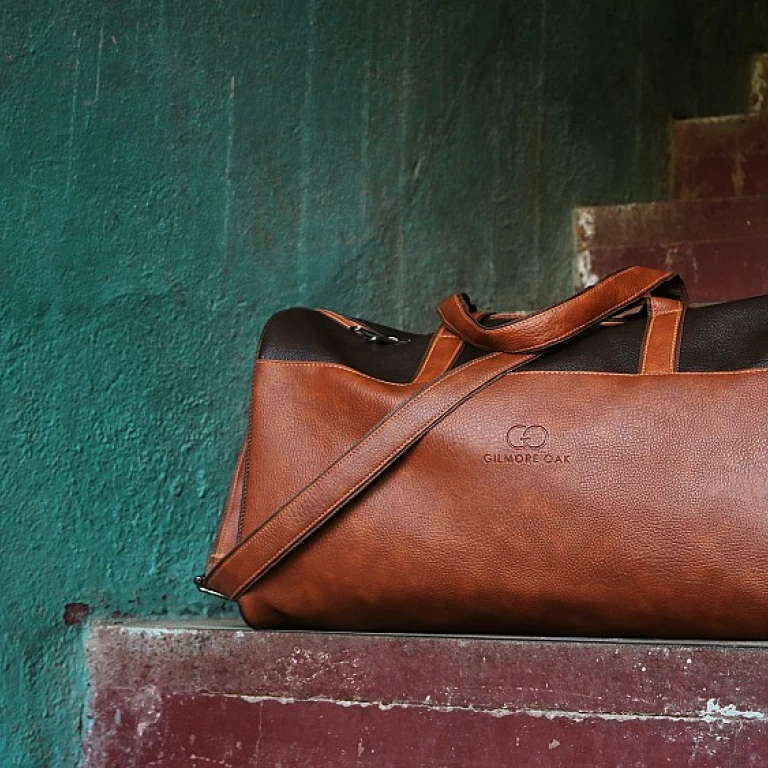
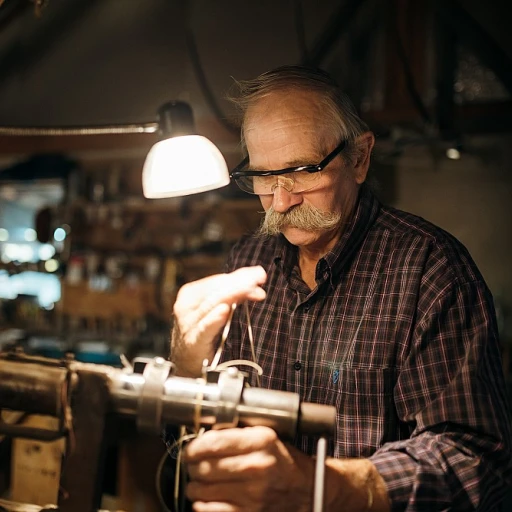
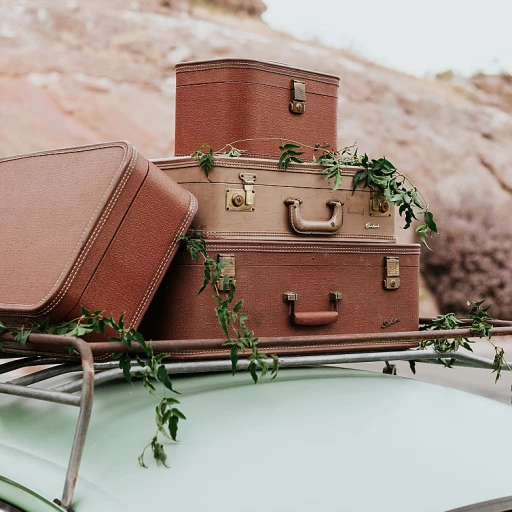
-large-teaser.webp)
